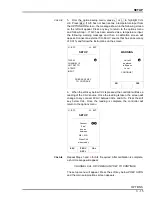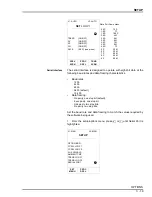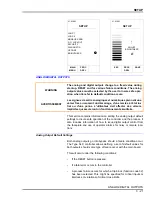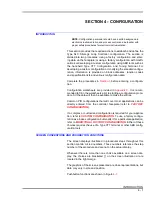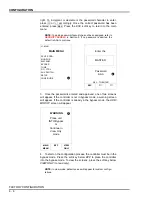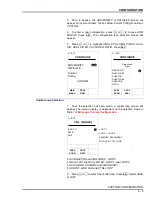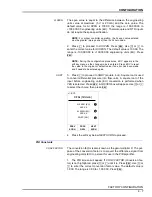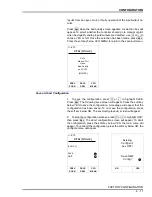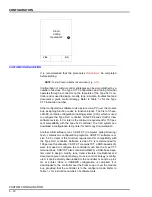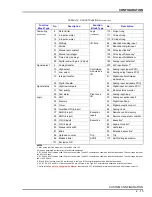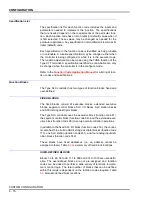
INTRODUCTION
4 - 1
SECTION 4 - CONFIGURATION
INTRODUCTION
NOTE:
Configuration personnel should have a solid background in
electronics instrumentation and process control and be familiar with
proper safety procedures for electronic instrumentation.
This section provides the required actions to establish and define the
Type SLC Strategic Loop Controller configuration. The section is
divided into two procedures: using a factory configuration and enter-
ing data via the faceplate; or using a factory configuration with modifi-
cations or developing a custom configuration using ABB tools such as
the handheld Type CTT Configuration and Tuning Terminal. For
developing a custom configuration or modifying the standard configu-
ration, information is provided on block addresses, function codes
and specification lists and various configuration data.
before entering a configura-
tion.
Configuration worksheets are provided in
. It is recom-
mended to fill in the worksheets prior to starting a configuration proce-
dure. All the data will then be available to make the entries.
Common PID configurations that will cover most applications can be
directly entered from the controller faceplate (refer to
If a complex or customized configuration is required for your applica-
tion, refer to
. To use a factory configu-
ration as a base configuration but modify it for a particular application,
refer to
MODIFYING A FACTORY CONFIGURATION
. Either of these
choices requires the use of a Type CTT terminal or other ABB config-
uration tools.
SCREEN CONVENTIONS AND PUSHBUTTON FUNCTIONS
The screen displays illustrated in procedural steps throughout this
section contain circled numbers. Those numbers reference the step
number of the procedure and are not on the actual display.
Whenever there is more than one choice available on a screen dis-
play, the choices are bracketed [ ] on the screen illustration or are
located in the right margin.
The graphics of the screens presented are close representations, but
data may vary in size and position.
Pushbutton functions are shown in Figure







